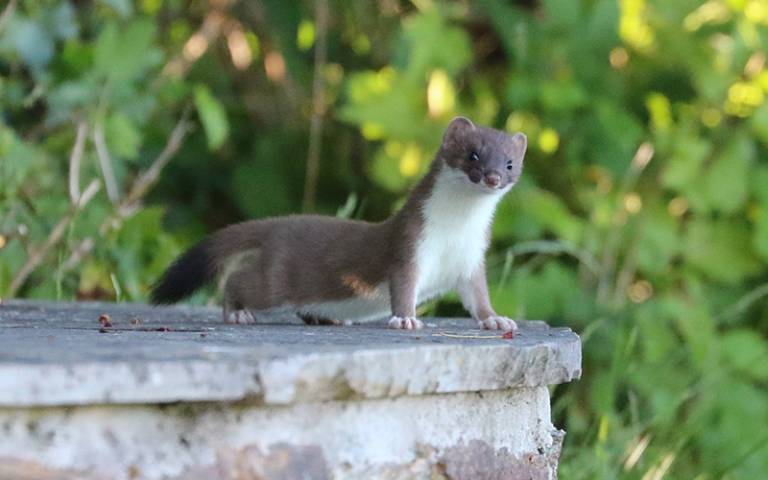Animals that live fast - that is, frequent or abundant reproduction and short lifespans - are more resilient to human-driven land use changes than those with slow life-histories, finds a new study led by UCL researchers.

Across the globe, in areas that have experienced rapid expansion of cropland or bare soil, fast-lived species have increased in numbers in recent decades while slow-lived species are in decline, according to the findings published in Global Change Biology.
The research team analysed the effects of land cover and temperature changes on 1,072 animal populations recorded in the Living Planet Database. The data spanned between 1992 and 2016, and included 461 species (273 birds, 137 mammals and 51 reptiles) from across Europe, Asia, Africa, North and South America, and Oceania.
The researchers compared the success of animals with fast life-history traits - those that reproduce quickly or in large numbers but may not live very long - and those with slow life-history traits, which live long lives and take a long time to reach maturity.
The researchers found that overall, fast-lived species had more positive population trends than slow-lived species. While most animals suffered declining populations in areas with cropland and bare soil expansions, the fast-lived animals on average still showed positive population trends in such areas.
The findings add to evidence that animals with fast life-history traits are also more able to tolerate climate warming than 'slower' animals.
The authors point out that many invasive species, such as rats (Rattus rattus) or the monk parakeets (Myiopsitta monachus), have fast life histories. Many fast-lived species are generalists, that can adapt to changing environments, while many more specialist animals, which can play important, distinct roles in their local ecosystem, have slower life histories.
Lead author Dr Gonzalo Albaladejo Robles (UCL Centre for Biodiversity & Environment Research, UCL Biosciences, and the Institute of Zoology, ZSL) said: "Not all animal populations respond equally to climate and land use changes, as some groups are more vulnerable than others. As humans exert more and more impact on global ecosystems, we may see a turnover of animal community composition in many areas, as some slow-living animals disappear while the fast-living animals continue to thrive."
The researchers caution that their results were mostly driven by the effect of a small proportion of animal populations (2.5-5% of the total data) with extreme rates of change.
Other studies led by UCL Centre for Biodiversity & Environment Research scientists have previously found that predators are the most likely to be lost when natural habitats are converted to agriculture or towns and cities*, while animals in tropical and Mediterranean areas are the most sensitive to climate change and land use pressures**.






